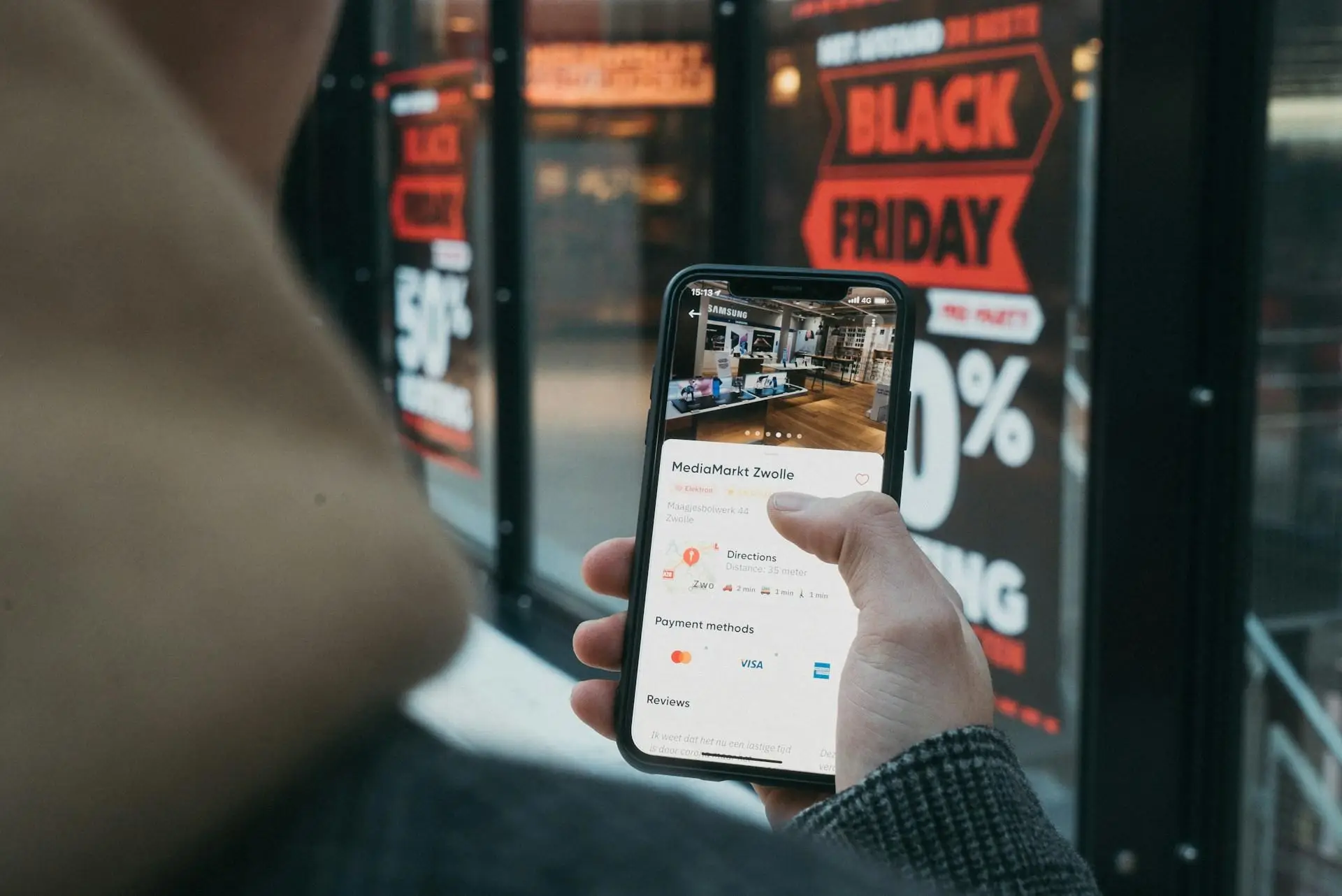In the ever-evolving landscape of advertising, digital ads have become a dominant force. However, despite their modern appearance, they often rely on time-tested techniques of persuasion rooted in traditional advertising. Understanding how digital ads borrow from old-school persuasion can offer insights into their effectiveness and reveal the timeless nature of persuasive strategies.
The Foundations of Persuasion in Advertising
Persuasion in advertising is not a new concept. It has been around for centuries, evolving with technology and societal changes. At its core, persuasion aims to influence consumer behavior by appealing to emotions, logic, or credibility. This triad, often referred to as ethos, pathos, and logos, forms the backbone of both traditional and digital advertising strategies.
Ethos: Building Credibility in Digital Ads
Ethos involves establishing trust and credibility. In traditional advertising, this might have been achieved through testimonials or endorsements by authoritative figures. Today, digital ads adopt this technique by leveraging influencers and user-generated content. By associating products with trusted personalities, brands can enhance their credibility and appeal to a wider audience.
Pathos: Emotional Appeals in the Digital Realm
Emotional appeal, or pathos, is a powerful tool in advertising. Traditional ads often used evocative imagery or storytelling to tug at the heartstrings. Digital ads continue this tradition by employing multimedia elements such as video, music, and interactive content to create emotional connections. These elements can evoke feelings of happiness, nostalgia, or urgency, prompting consumers to act.
Logos: Logical Appeals and Data-Driven Digital Ads
Logos, or logical appeal, relies on reason and facts. Traditional ads might have used statistics or factual claims to convince consumers. In the digital age, data-driven advertising takes logos to new heights by utilizing analytics and consumer insights to craft personalized messages. This approach not only enhances relevance but also increases the likelihood of conversion.
The Power of Storytelling in Digital Advertising
Storytelling is a timeless advertising technique that transcends mediums. Digital ads harness the power of storytelling by creating narratives that resonate with consumers on a personal level. Through short videos, interactive experiences, or sequential ads, brands can convey their message in a compelling and memorable way that encourages engagement.
Leveraging Scarcity and Urgency
Scarcity and urgency are classic persuasion tactics that play on the fear of missing out (FOMO). Traditional ads often used phrases like "limited time offer" to create a sense of urgency. Digital ads have adopted this strategy through countdown timers, flash sales, and real-time stock updates, prompting consumers to make quick purchasing decisions.
Social Proof in the Digital Age
Social proof, the idea that people follow the actions of others, has been a staple in advertising. Traditional ads used customer testimonials or popularity claims to influence potential buyers. Digital ads now incorporate social proof through likes, shares, and reviews on social media platforms, showcasing widespread approval and encouraging others to join in.
Personalization: A Modern Twist on Old-School Techniques
Personalization is a hallmark of effective advertising. While traditional ads segmented audiences broadly, digital ads can target individuals with precision. By analyzing user data, digital marketers can deliver tailored messages that align with individual preferences and behaviors, making the ads more relevant and persuasive.
The Role of Repetition in Reinforcing Messages
Repetition is a classic advertising technique used to reinforce messages and increase brand recall. Traditional ads would repeat slogans or jingles to stick in consumers' minds. Digital ads utilize retargeting and consistent messaging across platforms to ensure that consumers encounter the brand multiple times, increasing the likelihood of conversion.
Adapting Old Techniques for New Platforms
The digital landscape offers unique opportunities and challenges for advertisers. By adapting old-school persuasion techniques to new platforms, digital ads can achieve the same level of influence as their traditional counterparts. Understanding these techniques and their application in the digital realm is crucial for creating effective advertising strategies.
In conclusion, digital ads, while leveraging modern technology and platforms, continue to rely heavily on the principles of old-school persuasion. By understanding and applying these timeless techniques, marketers can create compelling and effective digital advertising campaigns that resonate with today's consumers.










